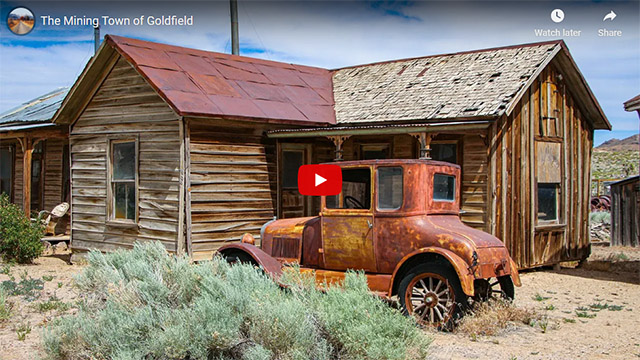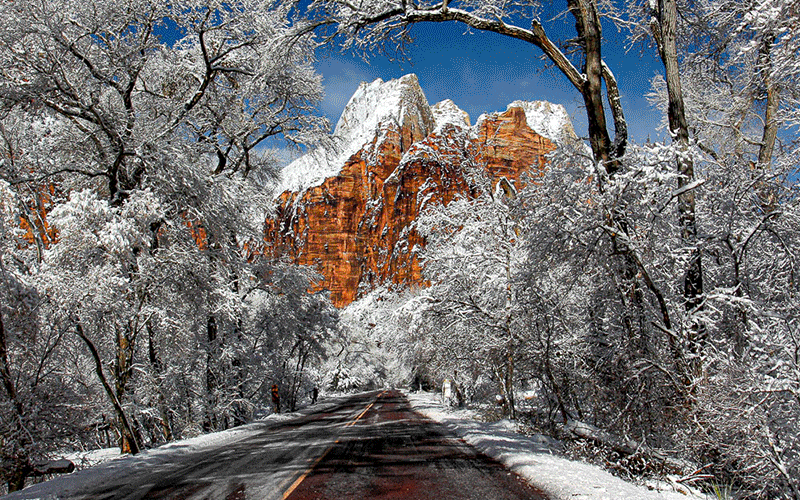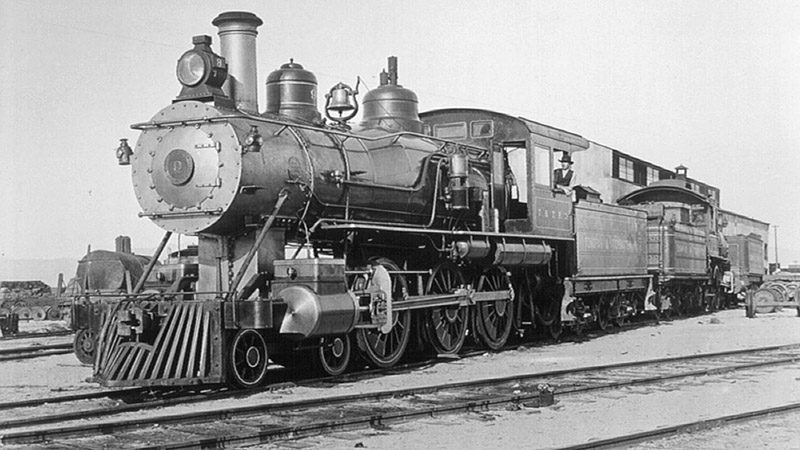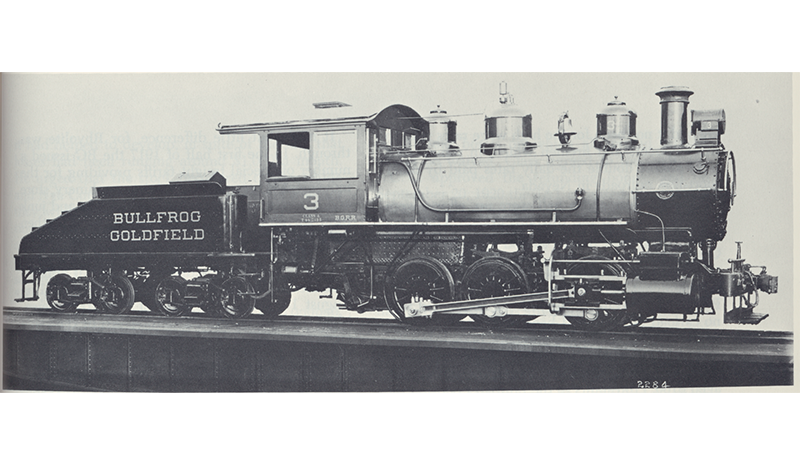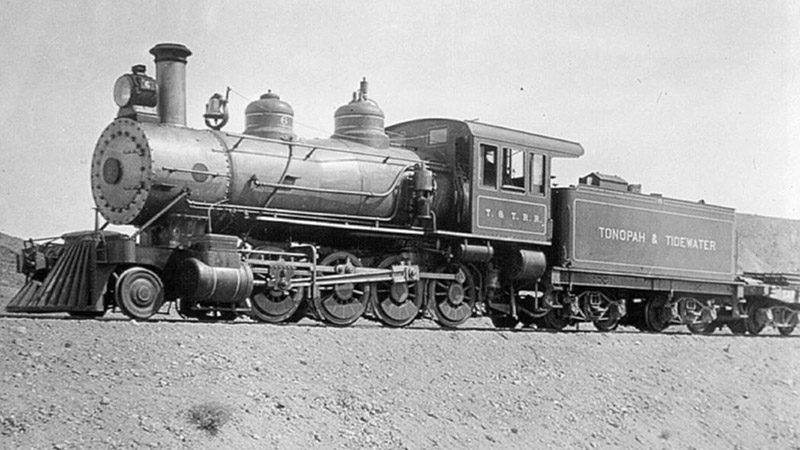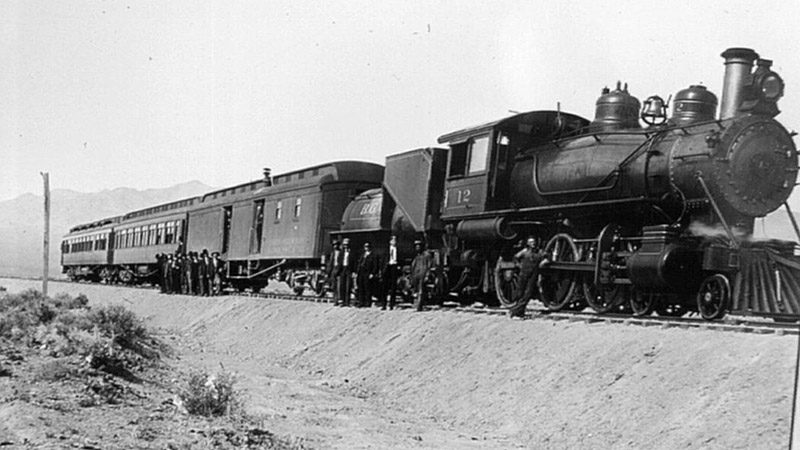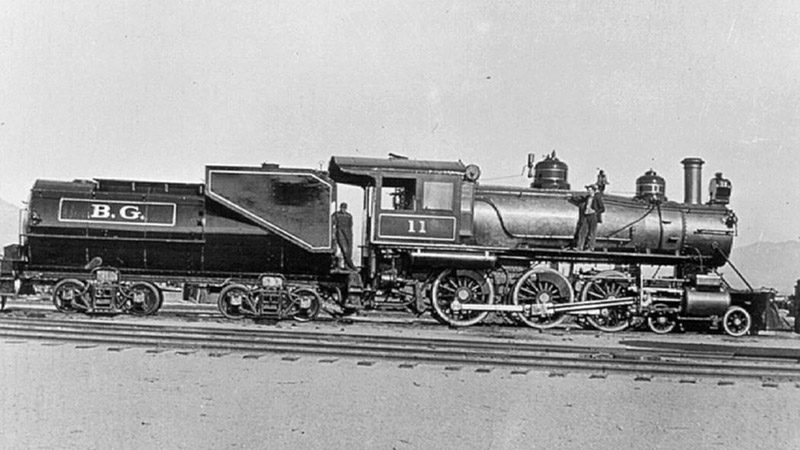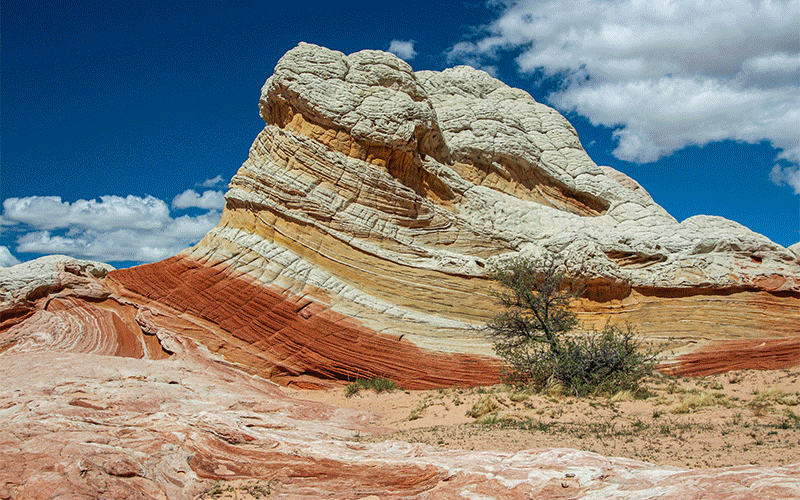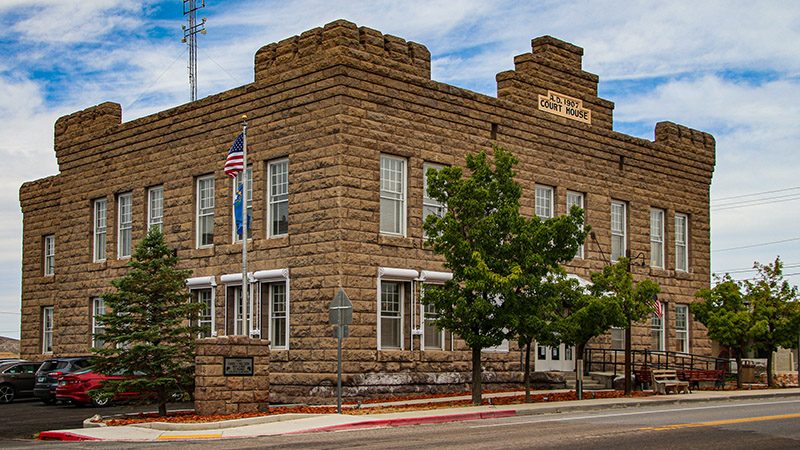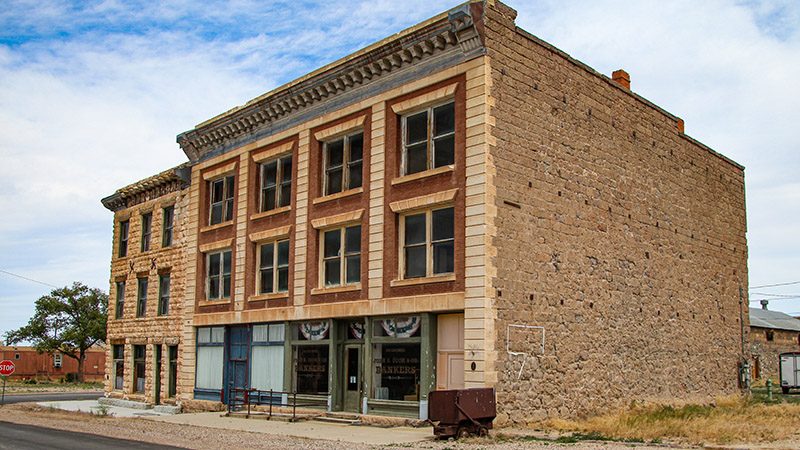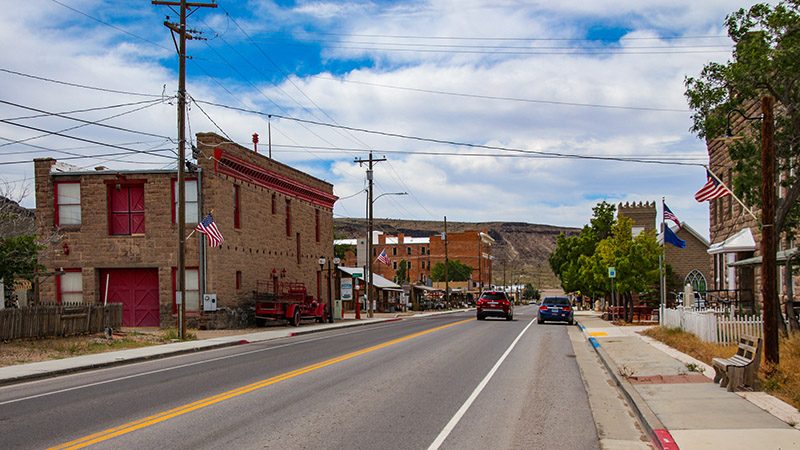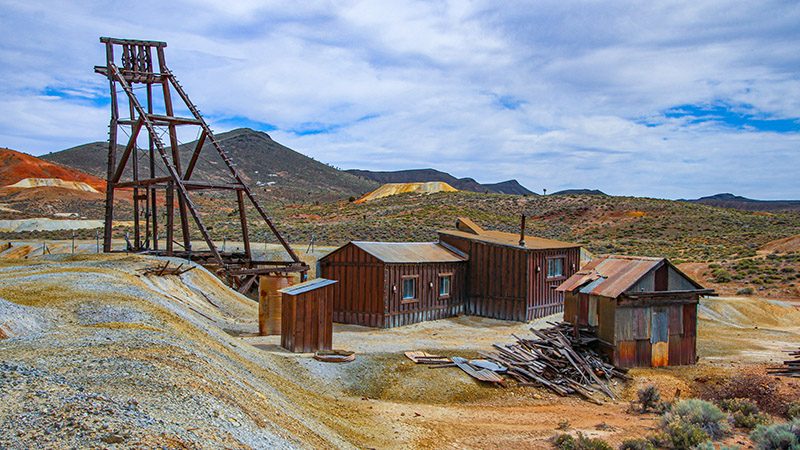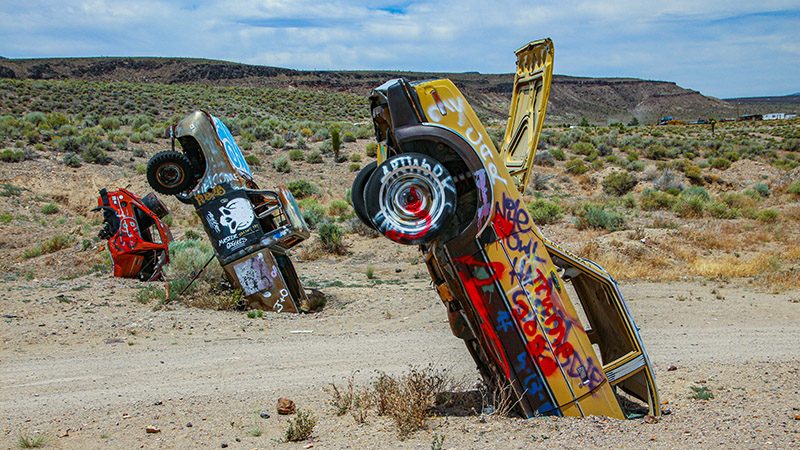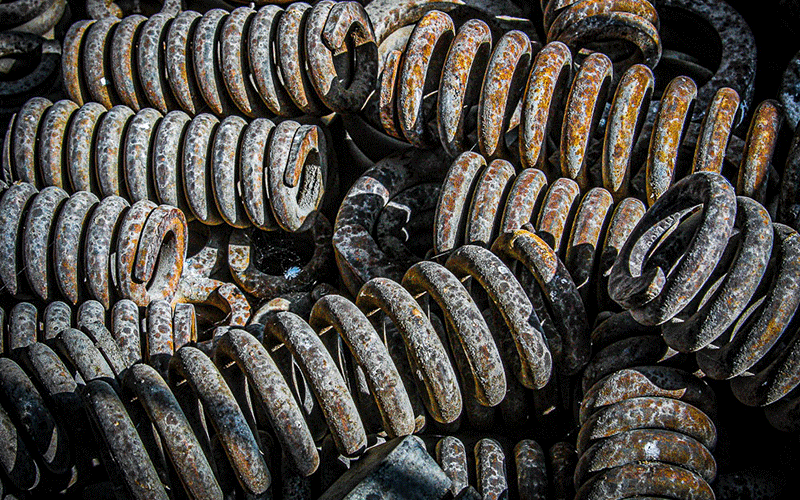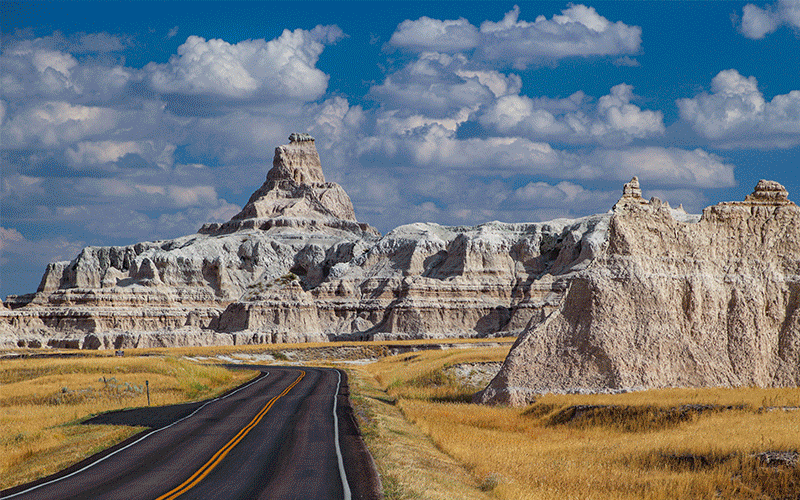Goldfield, a classic Mining Town
Goldfield, named for the ore mined around it, was once Nevada’s largest city and the state’s biggest economic and political power. With the discovery of gold in 1902, Goldfield would become a rare, post-1900 major gold strike. It also experienced one of the largest gold rushes (and subsequent crashes) in western history. There are plenty of well-preserved remains of those boom years (between 1904 and 1915) still very visible today. If you’re interested in living history, old antiques, geology or mining, you’ll enjoy a visit to Goldfield.
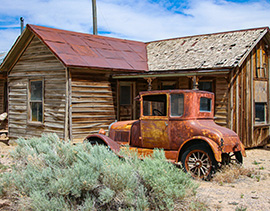
About Goldfield
During its life, the mines of Goldfield recovered over $90 million in ore (mainly gold). After the Comstock Lode near Virginia City ($300 million recovered) and the silver mines in neighboring Tonopah ($148 million recovered), Goldfield was one of the richest mining districts in Nevada history. Along with attracting thousands of miners and prospectors, Goldfield’s rush also attracted the usual get-rich-quick seekers, investors, bankers, saloon owners, and other assorted characters.
The stories and antics of these characters are too much to include in this article. However, if you dig deep enough into the internet or books on Goldfield (like we did before our visit), you will find many entertaining, true stories. These stories are just waiting to be put onto the silver screen or in a new Netflix series.
The mining district of Tonopah, just 25 miles to the north of Goldfield, was already booming by 1902 so it didn’t take long for prospectors to explore the surrounding desert looking for more rich ore. And they found it on Columbia Mountain, which is just north of present-day Goldfield. Instead of the rich silver ore like that found in Tonopah, however, they found gold ore.
By 1904, many mines had been established and thousands of people were pouring into town which, at that time, consisted mainly of tent buildings that were quick and easy to put up. The rush also attracted many notable people including renowned investor Charles Schwab who came to Goldfield and purchased one of the mines for $75,000.
The Earp brothers, Wyatt and Virgil, arrived in 1904 and Virgil became deputy sheriff of Esmeralda County (where Goldfield is located) in 1905. Sadly, he died of pneumonia later that year while still holding his post. Wyatt and his wife Josephine were seen regularly in Goldfield and Tonopah during this time, with Josephine strongly encouraging her husband to stay out of the gambling business.
The building boom began in 1906 and by 1908, Goldfield looked like a modern-day city with numerous 3 and 4 story buildings. Unlike many mining districts that quickly faded after the economic collapse triggered by the 1906 San Francisco earthquake, the mines of Goldfield were unfazed. More and more money poured into Goldfield’s economy and it was known to have some of the finest hotels west of the Mississippi.
Goldfield’s Railroads
The first of four separate railroads serving Goldfield was completed in September 1905 and a fifth railroad served individual area mines. One came from Las Vegas, one from Beatty, one from Tonopah and points north, and another one from Ludlow, California. The one from Ludlow (the Tonopah & Tidewater) operated until 1940, a span of 33 years.
The first railroad reached Goldfield in 1905 and was duly named the Goldfield Railroad. It came from Tonopah and it was quickly incorporated into the already existing Tonopah Railroad that came in from Mina, Nevada. It was renamed the Tonopah & Goldfield Railroad. The arrival of the first railroad into Goldfield kicked off three days of celebrations! It ceased operations in 1947.
Next to arrive was the Las Vegas and Tonopah Railroad. It connected with the San Pedro, Los Angeles and Salt Lake Railroad at Las Vegas, which is the current-day Union Pacific line. Reaching Goldfield in 1907, it didn’t go all the way to Tonopah. Building of this railroad ended up being a battle of industry titans – between Francis Marion “Borax” Smith, who developed the vast borax mines of Death Valley, and William A Clark, who was a wealthy industrialist and politician.
After Clark agreed to have Smith build the railroad from Las Vegas to Death Valley, Clark backed out of the deal and he built his own railroad. This infuriated Smith, which caused him to build the Tonopah & Tidewater Railroad. The LV&T only operated from 1908 until 1914, when the State of Nevada bought the railroad right-of-way from Clark to build what is now U.S. Highway 95.
The aforementioned Tonopah & Tidewater (T&T) Railroad never made it to Goldfield, however T&T trains used the Bullfrog & Goldfield Railroad tracks to reach Goldfield. The T&T started as a necessity for Borax Smith to service his mines in Death Valley, but later became a obsession for Smith as he previously owned railroads near Barstow and around San Francisco, California. The railroad was to span between San Pedro in Los Angeles, which was the “tidewater”, all the way to Tonopah. The railroad only spanned from Ludlow (60 miles east of Barstow) on the Santa Fe Railroad mainline, to Bullfrog (Rhyolite, near Beatty) in Nevada. It operated until 1940.
The aforementioned Bullfrog & Goldfield was completed in 1907. This is also when the T&T was completed to Bullfrog and T&T trains reached Goldfield in 1907 using this line. It operated until 1928.
Then there was the Goldfield Consolidated Milling & Transportation Company. This was a series of short lines that operated to transport ore from the mines to the mills around Goldfield and to connect to other railroads.
Pictures of Goldfield Railroad Locomotives
The Gans & Nelson Boxing Match
One of the most unique moments in sports history took place in Goldfield in 1906 when one of the longest prize-fight boxing matches in history occurred. Matthew “Battling” Nelson was matched against Joe Gans. Both were lightweight champions. Ring Magazine founder, Nat Fleischer, rated Gans as the greatest Lightweight boxer of all-time. Gans was the first African-American World Boxing Champion of the 20th century.
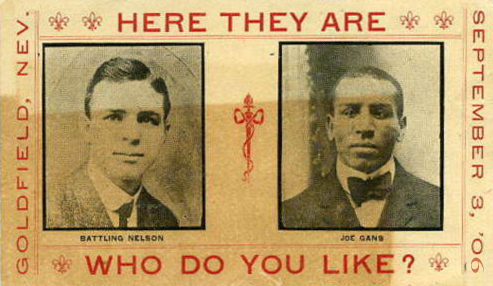
The fight in Goldfield was promoted by Tex Rickard, who later promoted the famous Jack Dempsey’s million-dollar fights. Rickard also became famous for developing Madison Square Garden in New York City. He lived in Goldfield and his house still stands along the U.S. 95 across the street from the Beets Garage (see video above).
The fight went on for a record 42 rounds. Because of this fight, new regulations were created limiting boxing matches to a certain number of rounds for the safety of the fighters.
The purse for the Goldfield was $30,000. Nelson was the favored fighter. Gans dropped Nelson repeatedly during the fight, but couldn’t knock him out. In the 42nd round, Nelson hit Gans below the belt, leaving him disqualified, and losing the fight. As an example of inequality for African-Americans at the time, Gans, the winner, received $10,000 of the purse. Nelson, the loser, received $20,000.
Pictures
Below are some pictures of what you will see along the way.
The Decline of Goldfield
By 1915, Goldfield had started to decline. Its largest mine ceased operations in 1918 and a fire in 1923 spread over 25 square blocks, destroying most of its notable commercial buildings. Another fire, a year later, destroyed even more of the once glorious city.
However, because of other mines in the area relying on businesses in Goldfield and the town being the seat of Esmeralda County, it continued clinging on to life, even to this day.
Goldfield Today
Visiting Goldfield today is quite enjoyable and there’s plenty to see and do. When we visited in 2020, we originally thought we would spend about 4 hours looking around. Instead, we ended up staying the entire day – and we still didn’t see everything. A stop at the visitor center on the northwest end of town is a must. There were once 49 saloons in town and two remain today – one being the Santa Fe Saloon.
One of the old gold mines is open for tours. The Florence Mine, which was one of the biggest producers of all the Goldfield Mines, is privately owned and takes people on tours, including the underground workings. Check with the visitor center for details or look for signs around town advertising the mine tours.
A new attraction in Goldfield is the “International Car Forest of the Last Church”. Yes, you read that correctly. Started in 2002, an “independent thinker” came to town with artistic intentions and acquired an old mining claim. He then fired up his backhoe and “planted” the carcasses of several vehicles. Then they were cleverly painted. Over the years, some vandalism took place and so a local Goldfielder purchased the property and began partnering with artists to improve this unique place. Today, it is visited and enjoyed by many people.
During our visit, we also learned (and saw) that a new mining company had paid millions of dollars to move a 2.5 mile stretch of US highway 95 (the main road between Las Vegas and Reno). One moved, they’ll begin digging an open-pit mine in the route’s former path. This new mine will be just one mile north of Goldfield and will certainly bring a new business boom and influx of people to the town. Hopefully, its “golden” past that was once stimulated by an early 20th century lust for wealth will not be damaged by a similar 21st century lust for wealth.
Visiting Goldfield
There are not many services in Goldfield. When we visited, there was no gas station. The Santa Fe Saloon was open and served food and beverage. We had lunch at the Dinky Diner, located on US 95. Their food is fresh and home-made and a real treat considering the remoteness of Goldfield.
Because of its remoteness, we suggest making a trip to Goldfield as part of a multi-day visit to the area. Goldfield is 180 miles north from Las Vegas on US 95 and, since this drive skirts Death Valley, you could spend a day or two there. As mentioned, Tonopah is just 25 miles north of Goldfield, and has an even richer and more intriguing mining history than Goldfield. Unlike Goldfield, Tonopah also has casinos, eateries and a few nice hotels such as the classic Mizpah Hotel. Tonopah also has two very nice museums. Staying a few nights in Tonopah gives you the ability to visit some of the other gems in this part of Nevada, too.
Trip Map
Support Us
Help us fill up our tank with gas for our next trip by donating $5 and we’ll bring you back more quality virtual tours of our trips!
Your credit card payment is safe and easy using PayPal. Click the [Donate] button to get started:
